
New strategy for public property management
by the ODAP in the Medieval City of Rhodes
The plan of actions to develop and improve the management of public properties in the Medieval City of Rhodes by the Organization of Management and Development of Cultural Resources (ODAP) was presented at a meeting under the Minister of Culture and Sports Lina Mendoni, with the participation of the Director General of the Directorate General for Structural Reform Support (DG REFORM) of the European Commission Mario Nava.
The project was implemented on the initiative of the Ministry of Culture and Sports and the ODAP, in cooperation with the European Commission (DGREFORM), with AARC as contractor and with funding from the European Union, through the Support Programme for Structural Programmes, based on international standards and practices. The study outlines the strategic framework for the implementation of an operational plan with actions in the short, medium and long term. This is the first study of its kind that ODAP is implementing through the European Commission mechanisms.
The main result of the development model followed in the last decades in the Medieval City of Rhodes is the intensive exploitation of the building stock by mass tourism, while there was an absence of a long-term strategic vision and lack of cooperation between stakeholders.
As Lina Mendoni said, “the Medieval City of Rhodes is characterised by three strong identities. It is a UNESCO World Heritage Site, a popular international tourist destination and a part of the modern, vibrant city of Rhodes. These parallel elements make up its appeal, but at the same time create problems that need to be addressed. The management of the Medieval Town is currently unsatisfactory. The competent services of the Ministry of Culture and Sport have been systematically implementing projects to protect, enhance and exploit its monumental heritage over the last few decades, but this is not enough. A new strategy is required, a realistic operational plan with priorities and timetables, which include the protection and enhancement of monuments of outstanding cultural value and their corresponding sustainable management, the parallel development of private entrepreneurship with a view to a mild form of tourist exploitation and the promotion of local characteristics in products and, finally, the provision of housing within an appropriate framework of modern requirements. I thank the European Commission and Mario Nava for supporting this challenging project.”
From his side, Mario Nava underlined the good cooperation with the Minister and the Greek authorities. He said that he was “delighted that through this project we have supported the protection and promotion of our European cultural heritage, which is the cornerstone of our common future”. He explained DGREFORM’s mission in supporting reforms in all Member States and its expertise in areas such as culture and sustainable tourism, citing examples of successful projects implemented so far in Cyprus, Greece, Romania and Slovakia. Based on the experience gained, M. Nava said, DGREFORM welcomed the opportunity to assist, in the framework of the Structural Reform Support Programme, the Greek authorities to further benefit from the potential of tourism and cultural heritage in Greece, underlining that cultural heritage and sustainable tourism will continue to play a key role in developing the resilience of the Greek economy.
In the Medieval City of Rhodes there are about 365 properties of the Ministry of Culture and Sports, with various uses, of which 50 are located in Knights Street. The new strategy for the public properties held by the ODAP is divided into three zones, the monumental, commercial and residential zones. The study includes specific examples from which to start.
Please refer to the attached file for more information.


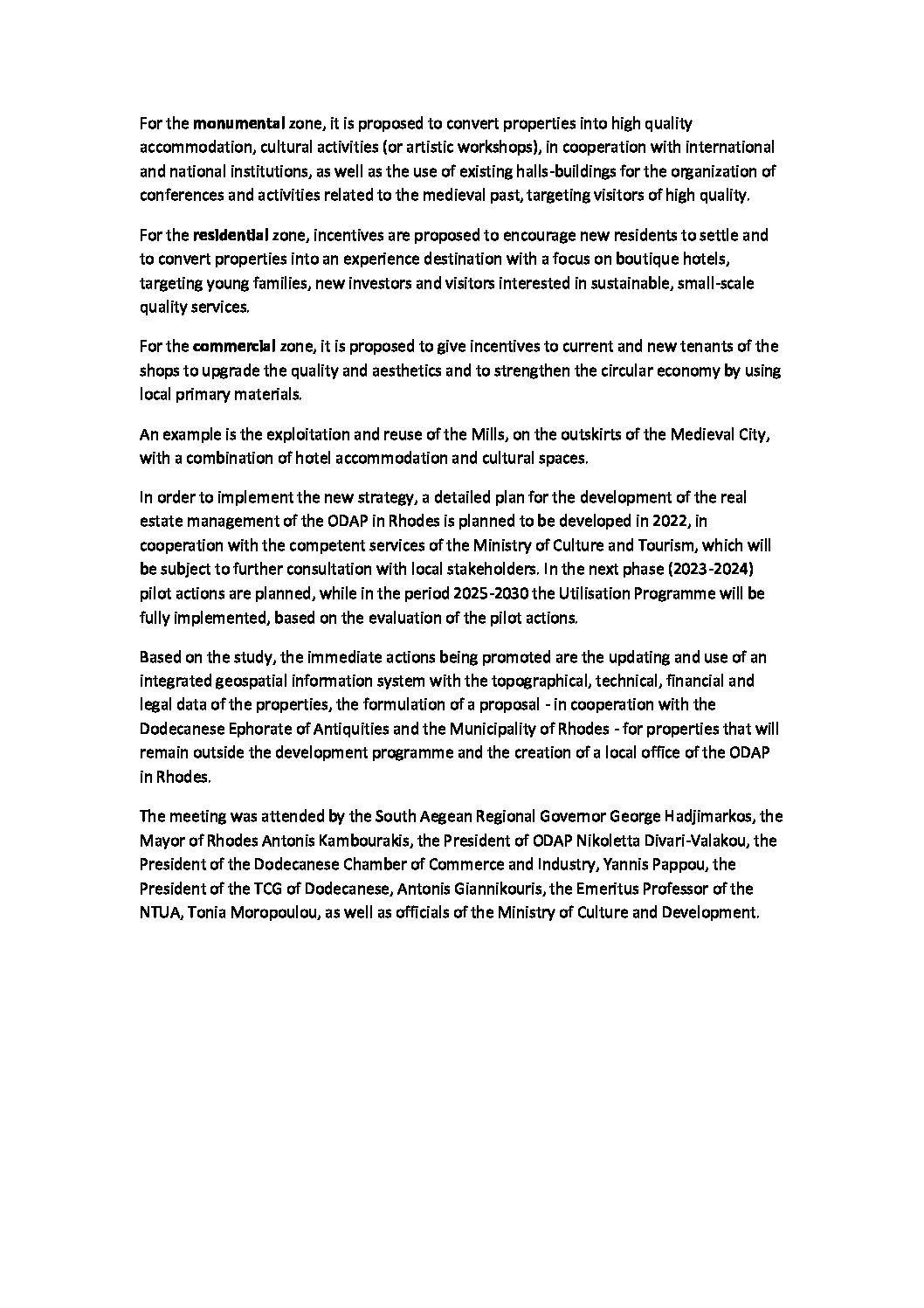
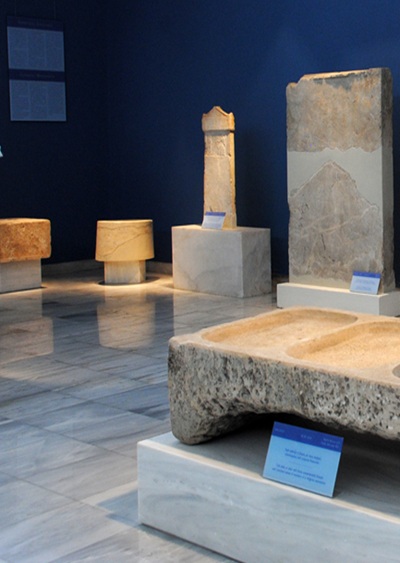
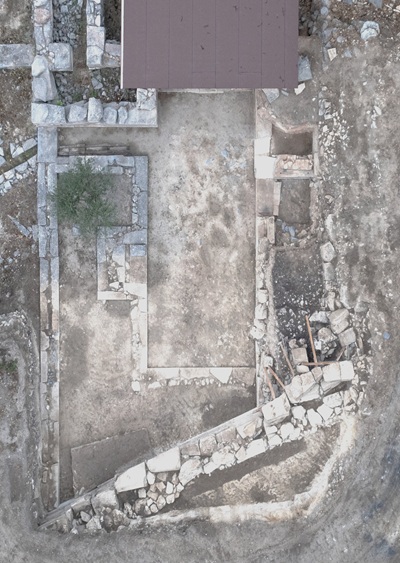
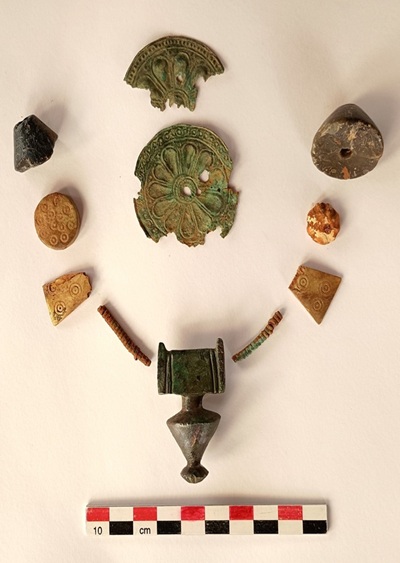
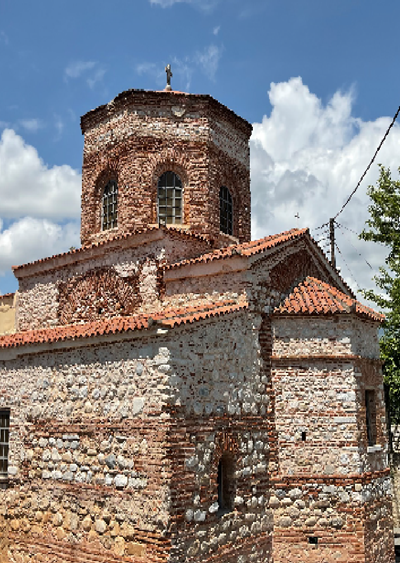


Leave A Comment